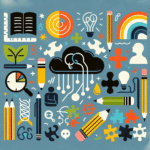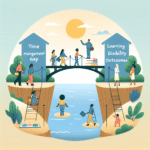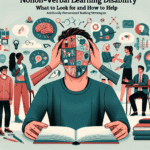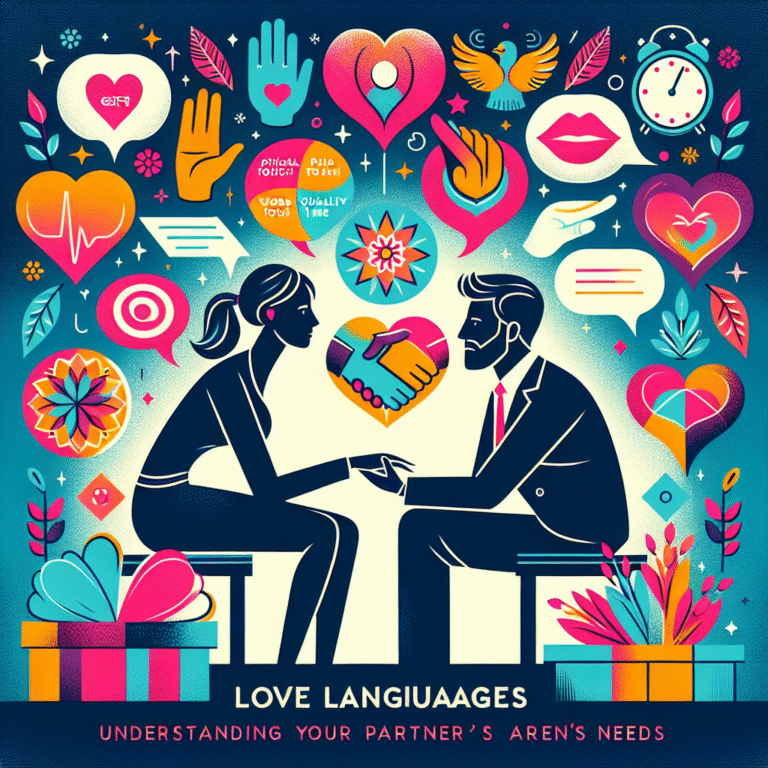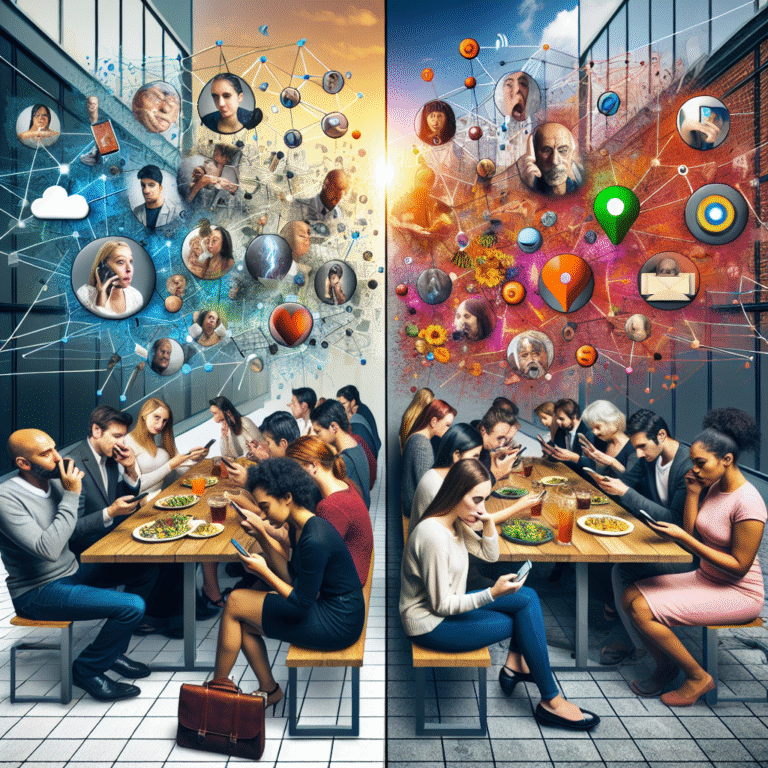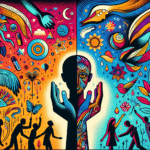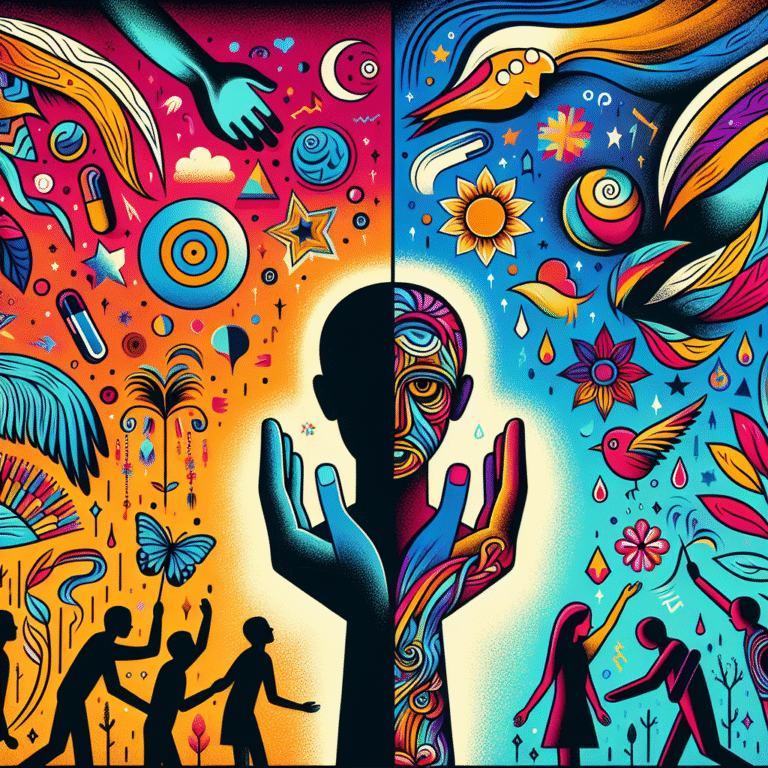
Introduction: The Urgency of Understanding Aggression
In an increasingly volatile world, the specter of aggression looms large, influencing everything from personal relationships to international conflicts. Understanding aggression is not just an academic pursuit; it is essential for fostering a more peaceful society. The quest to comprehend the causes of aggression and implement effective solutions can have far-reaching impacts on individuals, communities, and nations alike.
This article will delve into the multi-faceted nature of aggression—its psychological, biological, and sociocultural underpinnings. Furthermore, we’ll highlight actionable strategies that can mitigate its effects and promote peaceful interactions. By grasping the complexities of aggression, we can pave the way for a more harmonious world.
The Nature of Aggression
Defining Aggression
Aggression is typically defined as behavior intended to harm another individual. This behavior can be physical or verbal and may stem from various emotional states, including anger, frustration, or fear. Understanding aggression involves knowing its different types:
- Hostile Aggression: Aimed at inflicting pain or injury.
- Instrumental Aggression: Motivated by a desire to achieve a specific goal, often without emotion.
The Role of Psychology
Biological Factors
Research has shown that biological factors, such as genetics and brain chemistry, significantly influence aggressive behavior. For example, an imbalance in neurotransmitters like serotonin may lead to increased aggression. Additionally, studies have suggested a genetic predisposition to aggressive behavior, indicating the complexities behind our actions.
Psychological Triggers
Understanding aggression also requires looking into psychological triggers. For instance:
- Frustration: When individuals encounter obstacles, anger can surface, leading to aggressive behaviors.
- Stress and Anxiety: Chronic stress can heighten irritability and aggression.
- Modeling: Social learning theory posits that individuals can learn aggressive behaviors through observation, often from role models in their lives.
Case Study: Aggression in Adolescents
In an effort to understand aggression in a real-world context, a notable study conducted on adolescents in urban environments revealed that many youths exhibiting violent behavior had faced challenging home conditions, including neglect and abuse. These youths often modeled aggressive responses based on their surroundings.
Analysis
This case illustrates that aggression is often learned and can be mitigated through intervention programs that focus on emotional regulation and conflict resolution skills. Community outreach and support systems can provide valuable resources for those in high-risk environments.
Societal Influences on Aggression
Cultural Norms and Aggression
Culture plays a pivotal role in shaping our understanding of aggression. For instance, in some cultures, aggression is normalized as a response to perceived threats, while in others, it is discouraged. Understanding aggression across different cultural spectrums helps to recognize external factors influencing behavior.
Economic Factors
Economic stressors, such as unemployment and poverty, are significant contributors to societal aggression. Communities plagued by high unemployment rates often see elevated levels of violence.
Case Analysis: Economic Downturns and Violence
In the wake of the 2008 financial crisis, numerous studies indicated a rise in domestic violence and crime rates. The correlation between economic downturns and increased aggression underscores the necessity of socioeconomic interventions to foster a peaceful society.
Table: Economic Factors and Aggression
| Economic Factor | Impact on Aggression |
|---|---|
| Unemployment Rate | Increased violence |
| Poverty Level | Higher crime rates |
| Economic Inequality | Social tension and conflict |
Solutions for Reducing Aggression
Education and Awareness
Promoting awareness about the triggers and effects of aggression through educational programs can significantly reduce aggressive behaviors. Schools and communities can implement:
- Conflict Resolution Programs: Teaching individuals how to handle disagreements constructively.
- Emotional Literacy Workshops: Helping individuals recognize and manage their emotions effectively.
Mental Health Support
Access to mental health resources is critical in addressing underlying psychological issues that contribute to aggression. Programs that focus on:
- Counseling and Therapy: Addressing individual psychological needs.
- Community Support Groups: Providing a space for individuals to share and learn coping strategies.
Policy and Community Engagement
Communities should take proactive steps, such as:
- Gun Control Legislation: Reducing access to firearms can minimize opportunities for violent acts.
- Community-Building Initiatives: Engaging community members in constructive activities can foster relationships and deter aggression.
Case Study: Successful Intervention Programs
In 2020, a community in Chicago launched a conflict resolution program that integrated local leaders into schools. Preliminary results showed a 25% reduction in violent incidents within participating schools, highlighting the effectiveness of community involvement in reducing aggression.
Conclusion: Inspiring Action for Peace
Understanding aggression: causes and solutions for a more peaceful society is more than an academic pursuit; it is a call to action. As we dissect the intricacies of behavior, we uncover pathways to foster kindness, empathy, and mutual respect.
By prioritizing education, mental health support, and community engagement, we can inspire a wave of change that resonates through generations. Every individual has a part to play in this transformative journey toward a more peaceful society.
FAQs
1. What are the main causes of aggression?
Aggression can stem from biological factors, psychological triggers, cultural influences, and economic stressors.
2. How can parents help reduce aggression in children?
Parents can encourage emotional literacy, model peaceful conflict resolution, and provide a supportive environment.
3. Are there effective programs to address aggression in schools?
Yes, programs focusing on conflict resolution and emotional management have shown significant success in reducing aggressive behaviors in educational settings.
4. What role does media play in shaping aggressive behavior?
Media can influence behavior by normalizing violent actions or providing models for conflict resolution, depending on the content consumed.
5. How can communities come together to prevent aggression?
Communities can engage in programs that promote understanding, build trust, and offer resources for mental health and conflict resolution.
By understanding aggression and implementing targeted solutions, we can build a foundation for a more peaceful society, where individuals thrive in harmony and cooperation. It’s time to embrace this challenge, recognizing that the path to peace starts with each of us.
